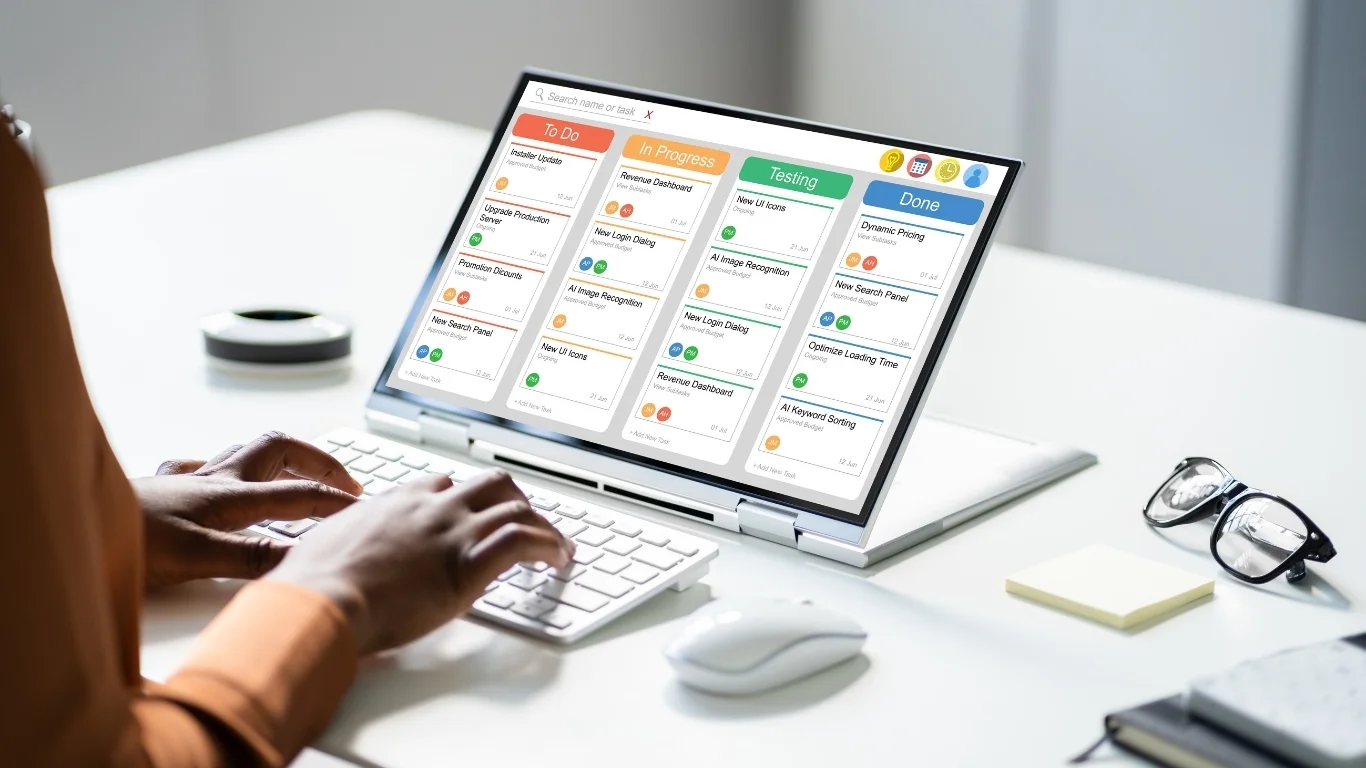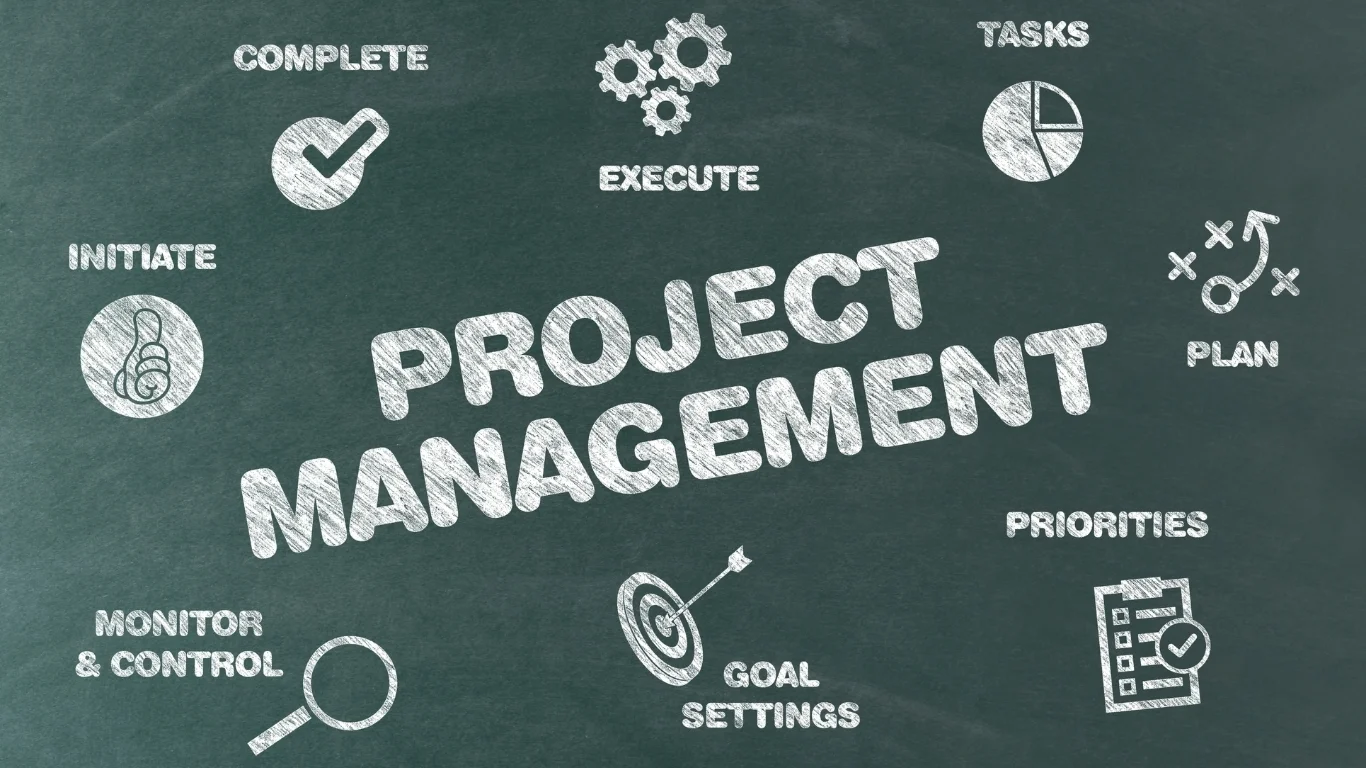Email: [email protected] Phone: +971 50 7437958
- Home
- Scrum, Kanban, or Waterfall: Which Project Management Method is Right for You?
Scrum, Kanban, or Waterfall: Which Project Management Method is Right for You?

October 23, 2024 - Software Development
When it comes to managing projects, choosing the right method is one of the most important decisions you will make. Whether you are developing software, managing a marketing campaign, or working on any other project, using the right project management method can save time, effort, and money. In Dubai, businesses across many industries are adopting modern project management methods like Scrum, Kanban, and Waterfall. But which one is right for you? Let’s explore these methods in simple terms to help you decide.
Understanding Project Management Methods
Before diving into Scrum, Kanban, and Waterfall, it’s important to understand what project management methods are. These methods are systems or approaches that guide how a project is planned, executed, and completed. Each method has its own structure, rules, and processes. Choosing the right one depends on the nature of your project, your team, and your goals.
Let’s break down Scrum, Kanban, and Waterfall, and explain how each method works.
What is Scrum?
Scrum is a popular project management method that is part of the Agile framework. It is used widely in software development but is also suitable for many other industries. Scrum focuses on breaking the project into smaller, manageable tasks, which are completed in a series of short periods called “sprints.” Each sprint usually lasts two to four weeks.
In Scrum, there are defined roles: the Product Owner, the Scrum Master, and the development team. The Product Owner is responsible for deciding what the team should focus on. The Scrum Master ensures the process runs smoothly, and the development team does the actual work.
One of the key benefits of Scrum is its flexibility. Since the work is divided into sprints, it is easier to adjust the project if the requirements change. This is why Scrum is ideal for projects where the final outcome may not be fully defined from the start, or where things change quickly.
From my experience, using Scrum in fast-paced environments works well because it encourages constant feedback and adaptation. You can easily adjust your project based on customer feedback or new insights.
What is Kanban?
Kanban is another Agile method, but it works a little differently from Scrum. Instead of using sprints, Kanban focuses on continuous delivery. The project is visualized on a Kanban board, where tasks are represented as cards. These cards move through different stages, such as “To Do,” “In Progress,” and “Completed.”
The main advantage of Kanban is its simplicity and focus on visualizing the workflow. By seeing all the tasks on a board, everyone can easily understand the progress of the project. Kanban is perfect for teams that want to improve their efficiency and reduce bottlenecks in their processes.
In my experience, Kanban is excellent for projects where tasks arrive at an unpredictable rate. For example, in a customer support team, new issues come up all the time, and using Kanban helps ensure that nothing gets missed.
Kanban also emphasizes limiting the number of tasks in progress at any one time. This helps teams stay focused and avoid multitasking, which can reduce efficiency.
What is Waterfall?
Waterfall is one of the oldest project management methods and is very different from Scrum and Kanban. It is a linear, sequential approach where each phase of the project must be completed before the next one begins. For example, in software development, you would first complete the design phase, then move on to development, testing, and finally deployment.
Waterfall is a good choice for projects that are very well-defined from the start and where changes are unlikely. If your project has clear requirements and a fixed scope, Waterfall can be very effective.
One of the main advantages of Waterfall is its predictability. Since each phase must be completed before moving on, it is easy to manage timelines and costs. This makes it a good option for projects in industries like construction, where changes are expensive and difficult to implement once the project is underway.
From personal experience, I’ve found that Waterfall works best when there is little uncertainty about the project requirements. For example, if you are building a bridge, you probably want to use Waterfall, because the requirements won’t change halfway through construction.

Comparing Scrum, Kanban, and Waterfall
Now that we’ve covered the basics of Scrum, Kanban, and Waterfall, let’s compare them. Each method has its strengths and weaknesses, and the right one for your project will depend on several factors.
Flexibility
- Scrum is highly flexible. It allows you to make changes during the project, which is great for projects where requirements are expected to evolve.
- Kanban is also flexible, but in a different way. It is ideal for teams that need to handle work continuously and improve their processes over time.
- Waterfall is not flexible. Once you have started a phase, it is difficult to go back and make changes. This is why it’s best for projects with fixed requirements.
Speed
- Scrum focuses on completing work in short, intense bursts (sprints), which can help teams deliver parts of the project quickly.
- Kanban focuses on continuous delivery, so work is completed as soon as it is ready, without waiting for a sprint to end.
- Waterfall is slower because each phase must be fully completed before the next phase can start. This can lead to delays if issues arise in earlier phases.
Simplicity
- Scrum can be complex to implement, especially for teams that are new to Agile methods. It requires training and commitment from everyone involved.
- Kanban is relatively simple to set up. The visual board makes it easy for teams to understand the workflow.
- Waterfall is straightforward because of its linear approach. It’s easy to follow since you complete one phase before moving on to the next.
When to Use Scrum
Scrum is best used for projects where flexibility is important, and the end result is not fully known from the start. If your project involves a lot of customer feedback or is likely to change, Scrum is a good choice. For example, software development projects, where customer needs often change during the development process, benefit greatly from Scrum.
Scrum is also a great option if your team is highly collaborative. Daily meetings, known as “stand-ups,” help ensure everyone stays on track and can quickly address any issues.
When to Use Kanban
Kanban works well for teams that handle continuous tasks, such as customer support, marketing, or even content creation. If your team regularly receives new tasks or projects that need to be completed quickly, Kanban helps maintain a steady flow of work without overwhelming the team.
It’s also a good choice if your team values visibility and wants to improve efficiency over time. The Kanban board gives you a clear view of the entire project and helps identify bottlenecks.
When to Use Waterfall
Waterfall is ideal for projects where the requirements are clearly defined from the start and are unlikely to change. This method works well for projects with strict deadlines and budgets, such as construction or manufacturing projects. Waterfall’s structured approach helps ensure that each phase is completed correctly before moving on.
However, Waterfall can be challenging if changes are required, as the linear nature makes it difficult to go back and adjust previous phases.
Making the Right Choice for Your Business in Dubai
If you are managing projects in Dubai, it’s important to choose the right method based on your business’s specific needs. Dubai’s business environment is fast-paced and competitive, so using the right project management method can make a significant difference in your success.
For tech companies or businesses in industries like marketing, Scrum or Kanban may be the best fit due to their flexibility and adaptability. On the other hand, for industries with fixed requirements, such as construction or event planning, Waterfall might be more suitable.
When I first started working on projects, I quickly realized that there is no one-size-fits-all solution. The right method depends on the nature of the project, the team’s experience, and the specific needs of the business. By understanding the pros and cons of each method, you can make a more informed decision.
Conclusion
Choosing between Scrum, Kanban, and Waterfall depends on several factors, including the complexity of your project, the flexibility you need, and your team’s work style. Scrum is ideal for fast-paced, flexible projects, while Kanban is perfect for continuous delivery. Waterfall is best for well-defined, linear projects.
If you’re working in Dubai’s dynamic business environment, making the right choice will help your team deliver successful projects efficiently. Each method has its own strengths, and understanding how they work will help you select the one that fits your project and business goals.
So, whether you’re launching a new software product, managing a marketing campaign, or constructing a building, carefully consider your needs and choose the right method—Scrum, Kanban, or Waterfall—to ensure success.
